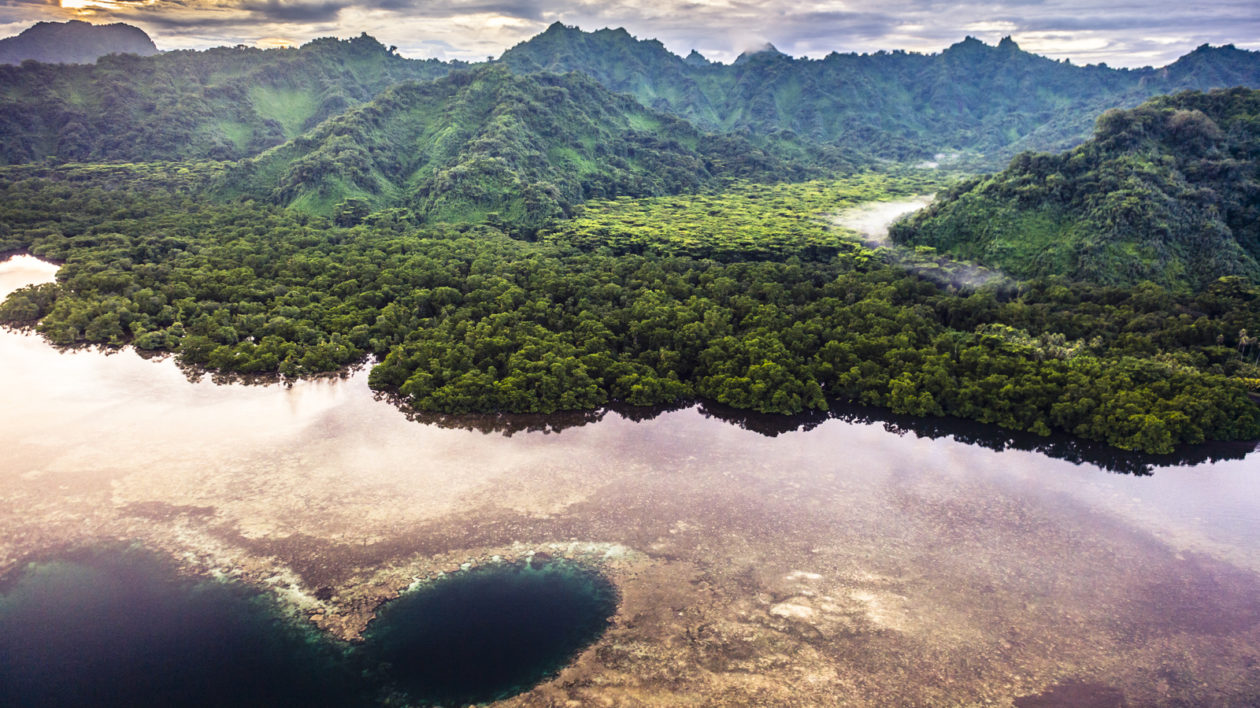Many protected areas are failing to protect biodiversity, often due to insufficient funding for management. A
new paper shows that managing existing protected areas to a better standard is often a smarter investment of new funds than purchasing additional land.
The Gist
Given limited funding for conservation, countries are often faced with a choice: spend money on creating new protected areas, or allocating that money to better manage existing protected areas. Which choice is better for biodiversity?
Vanessa Adams, a conservation planner at the University of Tasmania, created a model to compare the relative importance of expansion versus improved management in diverse contexts. “It’s not spatially explicit, it doesn’t say go here and act,” says Adams. “But it tells you how you would divide your funding amongst these two actions.”
The results, published in Nature Sustainability, indicate that the nature of threats to a particular place should determine how to spend additional conservation funds. In places beset by ecosystem-changing threats, like land-clearing, new funding should be directed towards protection. In places with more selective threats, like poaching or invasive predators, decision-makers should prioritize management of existing protected areas instead.
Over time, the model eventually recommends a split-cost model for all geographies, where expansion and management are funded equally. “This means you should endow your management funds as you buy land,” says Adams. “It’s hard for governments to do, but this is where NGOs are leading the way.”
The Big Picture
Protected areas are arguably the most essential tool for biodiversity conservation and are the foundation of international agreements, like the Convention on Biological Diversity (CBD). Under the CBD’s Aichi Target 11, signatory countries committed to protecting 17 percent of their terrestrial areas and 10 percent of marine areas — under effective management — by 2020.
“Our targets for protection are smart — they are measurable and time sensitive, and that’s why many governments have responded so well to them. It’s very clear what you should do,” says Adams.
But designating protected areas does not necessarily guarantee that the biodiversity living within them will be conserved. Evidence shows that some protected areas are still experiencing high rates of degradation and habitat loss, as well as increasing human pressures. And well-funded management is essential to combatting other threats, like invasive species and over-harvesting.
“The literature suggests that up to 75 percent of protected areas self-report as underfunded and not being able to meet their objectives with current funding,” says Adams. “That really suggests that we’re not on track for effective management.” That is true for protected areas both in the developing world and in places with well-established networks, like the United States and Australia.

The Takeaway
Both existing and future protected areas will be key to protecting biodiversity, but their effectiveness will be hampered without sufficient funding for management. “Expanding the protected area system without an increased budget for management could be ineffective for nature conservation,” says Hugh Possingham, chief scientist of The Nature Conservancy and co-author on the research.
The Aichi Target 11 deadline is approaching next year, and the conservation community will soon move to negotiate the next set of goals. Adams and Possingham say that future targets must better define what effective management means and include ways to assess it.
“We’re unable to rigorously quantify effective management, and that’s the Achilles heel of our protected areas,” says Possingham. “I’d rather have a flawed metric than no metric at all.”




Join the Discussion